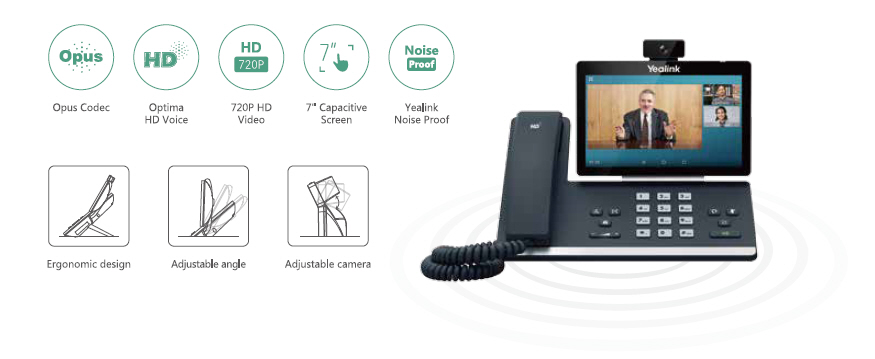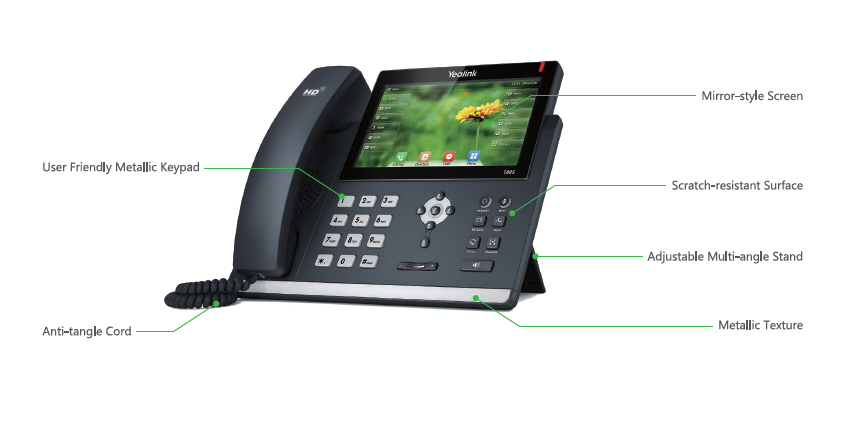Introduction
In the rapidly evolving world of communication technology, businesses are constantly on the lookout for ways to enhance their connectivity while minimizing costs. One of the most effective solutions that has emerged is Session Initiation Protocol (SIP) trunking. This guide aims to provide an in-depth understanding of SIP trunking and its implementation in your VoIP phone system.


What is SIP Trunking?
Understanding SIP Trunking Basics
SIP trunking is a method that allows the transmission of voice and multimedia content over the Internet using VoIP (Voice over Internet Protocol). Unlike traditional phone lines, SIP trunks utilize internet connection to facilitate communication, making it more cost-effective and efficient.
How Does SIP Trunking Work?
SIP trunking operates by connecting a company's private branch exchange (PBX) to http://remingtonnmdf559.bearsfanteamshop.com/migrating-from-isdn-to-a-modern-voip-solution-what-to-expect the internet through an Internet Telephony Service Provider (ITSP). This enables users to make and receive calls over the internet rather than through conventional telephone lines.
Advantages of SIP Trunking in VoIP Phone Systems
Cost Efficiency
One of the primary reasons businesses switch to SIP trunking is cost savings. Traditional phone systems often come with high long-distance charges, while SIP trunking significantly lowers these costs.
Scalability
SIP trunking provides businesses with unparalleled flexibility. As your company grows, you can easily scale your VoIP phone system by adding or removing channels without needing additional hardware.
Enhanced Communication Features
With SIP trunking, businesses gain access to advanced features such as video conferencing, instant messaging, and call recording—all integrated into one platform.
Key Components of a VoIP Phone System with SIP Trunking
VoIP Phones
To leverage the benefits of SIP trunking, you need compatible VoIP phones that can handle internet-based calls effectively.
Session Border Controllers (SBCs)
An SBC acts as a gatekeeper for your VoIP phone system. It secures and manages traffic between different networks, ensuring seamless communication.
Internet Connection Quality
For optimal performance, a stable and robust internet connection is crucial. Poor internet quality can lead to latency issues and dropped calls.
The Essential Guide to Implementing SIP Trunking in Your VoIP Phone System
Step 1: Assess Your Current Setup
Before implementing SIP trunking, evaluate your existing PBX system. Determine whether it supports SIP trunks or if an upgrade is necessary.
Step 2: Choose a Reliable ITSP
Selecting an ITSP is critical for successful implementation. Look for providers with good reviews, reliable support, and competitive pricing structures.
Step 3: Configure Your Network Settings
Configuring your firewall settings and Quality of Service (QoS) parameters ensures that voice traffic receives priority over other types of data on your network.
Common Challenges in Implementing SIP Trunking
While transitioning to SIP trunking may seem straightforward, several challenges could arise during implementation:
Network Configuration Issues
Misconfigured network settings can lead to poor call quality or connectivity issues. Ensuring proper setup from the start is essential for smooth operation.
Security Concerns
As with any online service, security remains a top concern. Businesses must implement security measures like encryption and authentication protocols to protect sensitive information during calls.
Best Practices for Successful Implementation of SIP Trunking in Your VoIP Phone System
Conduct Thorough Testing Before Going Live
Testing your setup before fully transitioning helps identify potential issues early on. Conduct quality tests under various conditions to ensure reliability.
Train Employees on New Systems
Providing adequate training for employees minimizes confusion and ensures everyone knows how to use new features effectively.
The Role of Quality Assurance in VoIP Phone Systems Using SIP Trunks
Quality assurance plays an integral role in maintaining high standards for voice communications:
Monitoring Call Quality Metrics
Implement tools that monitor call quality metrics such as jitter, latency, and packet loss. Regular checks help maintain optimal performance levels.
Cost Analysis: Is SIP Trunking Worth It?
When evaluating whether to implement SIP trunking in your VoIP phone system:
| Cost Factor | Traditional PSTN | SIP Trunking | |-----------------------|------------------|----------------| | Installation Costs | High | Low | | Maintenance Costs | Moderate | Minimal | | Long-Distance Charges | High | Very Low | | Scalability | Difficult | Easy |
This table illustrates significant cost advantages associated with adopting SIP trunk technology compared to traditional Public Switched Telephone Network (PSTN) connections.
Frequently Asked Questions about Implementing SIP Trunking in Your VoIP Phone System
What equipment do I need for my VoIP phone system?
You’ll require compatible VoIP phones or adapters capable of handling IP-based communications along with sufficient bandwidth for smooth operation.
Can I keep my existing phone numbers?
Yes! Number portabilty allows you to retain current business numbers when switching from traditional lines to a VoIP phone system with SIP trunks.
How does QoS affect my calls?
Quality of Service settings prioritize voice traffic over other data packets on your network, ensuring clearer call quality even during peak usage times.
What are some security measures I should take?
Implement firewalls specifically configured for VoIP traffic along with encryption protocols like SRTP or TLS.
How much can I save by switching?
Many businesses report savings up to 50% on monthly telecommunication costs after switching from traditional systems.
li6/ol1/##
Conclusion: Embracing the Future with SIP Trunking
Embracing technology such as SIP trunking within your VoIP phone system not only streamlines operations but also positions businesses competitively within their respective markets. The essential guide provided here equips organizations with necessary insights needed throughout this transition process—from initial assessment all way through post-implementation best practices—empowering them towards achieving enhanced efficiency while reducing operational costs significantly!
In summary, if you're looking at modernizing communication methods whilst improving overall functionality without breaking bank account—look no further than The Essential Guide To ImplementinG Sip TruNking In YoUr VoiP PhoNe SyStem!
